How to See the Liberty Bell...in Queens
A copy of the famous American bell can be found inside a bank, which itself is modeled after Independence Hall!


On September 11, 2001, architectural photographer John Bartelstone left his home on the Upper West Side of Manhattan to meet with the chief architect of the Port Authority on the 73
rdfloor of the World Trade Center. He was early to the meeting and as he waited, the first plane hit the North Tower. John and countless others rushed for the stairs to evacuate the building.
John Bartelstone’s haunting work on The Brooklyn Navy Yard

may be most familiar to readers, but Bartelstone has also been documenting the reconstruction of Ground Zero and was invited to exhibit his photographs in the The Skyscraper Museum‘s new exhibit, SUPERTALL! From the World Trade Centers to the construction of the new Tower One, John has captured the mammoth architectural trademark that has so controversially and contentiously come to define redevelopment in New York and the nation as a whole.
In a meeting at the Skyscraper Museum office, he sat down, pulled out his iPad

and with each swipe of his finger I became mesmerized by the incredible photographs. One by one, the photos reflected our nation’s history, current state of reconstruction and the hopeful future of Ground Zero. Before he headed out the door, I quickly asked if it would be all right for me to tag along as his apprentice for a day when he went back to the site. He graciously said yes and before I knew it, I stood on the rooftop of 200 Rector gazing straight at Tower One.
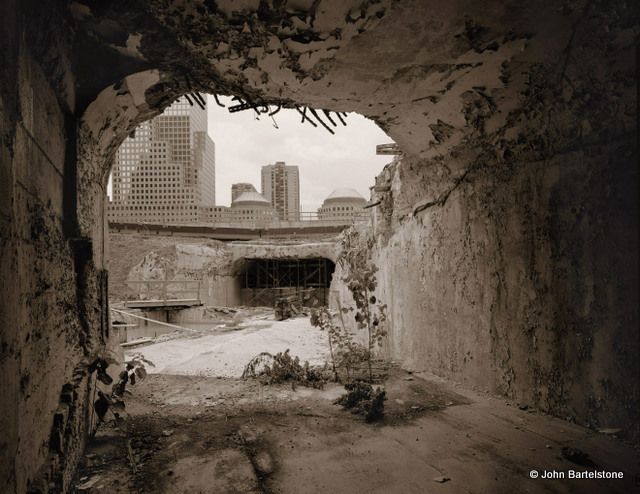 Hudson Terminal tunnel system that was still used as part of the WTC Garage.
Hudson Terminal tunnel system that was still used as part of the WTC Garage.
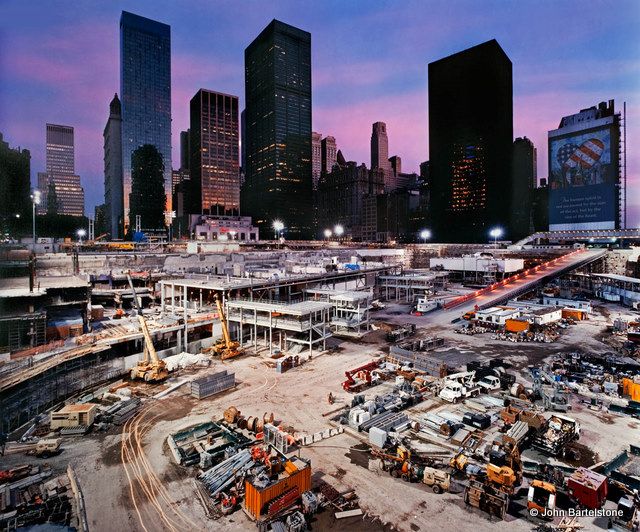
John captured a glimpse of the past and applied it to the present. He also utilized the method of documentation photography with an element of emotion, a difficult task. I saw giant steel columns rise on cranes and at the same time noticed the sweat rolling off of the faces of construction workers in a single 8 by 10 frame.
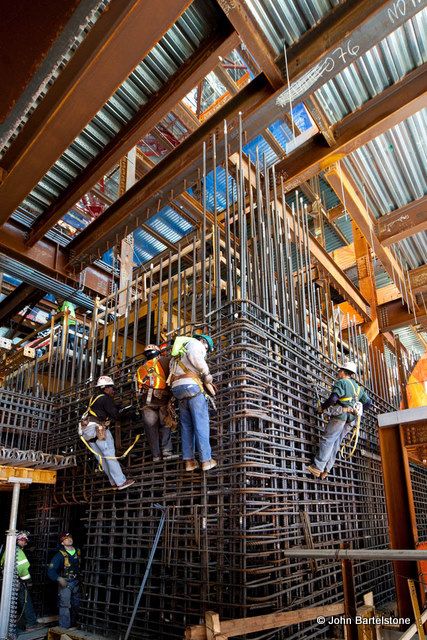
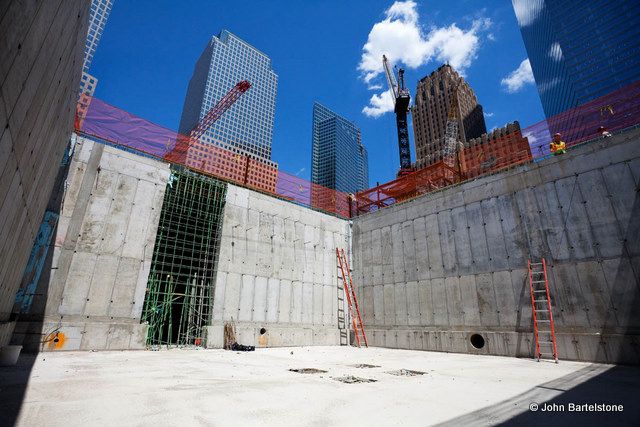
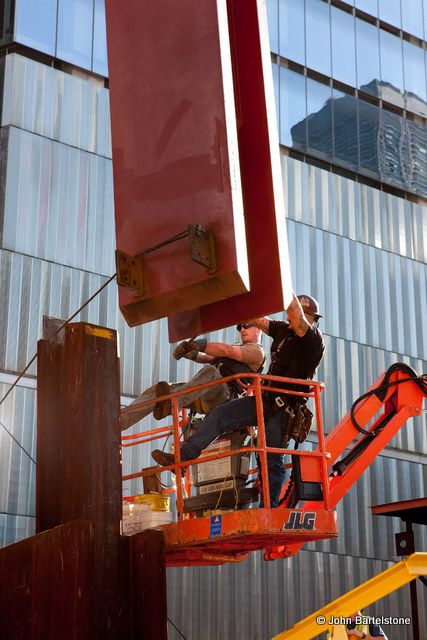
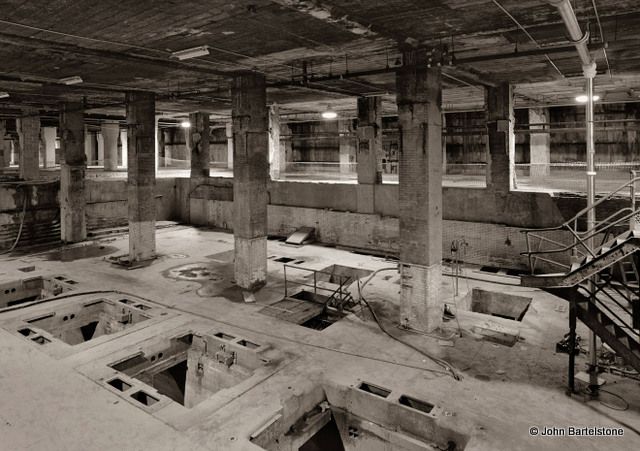 An old electric substation that was under the east part of the Trade Center. It was built in 1908 and just demolished two years ago.
An old electric substation that was under the east part of the Trade Center. It was built in 1908 and just demolished two years ago.
One would assume that I would be busy snapping pictures at the grand construction site; on the contrary, I was focused on John setting up his camera. Have you ever watched a photographer at work? No, not a blogger. No, not a person with a fancy digital camera. A real photographer with a manual camera. It’s a dance between the camera and the photographer.
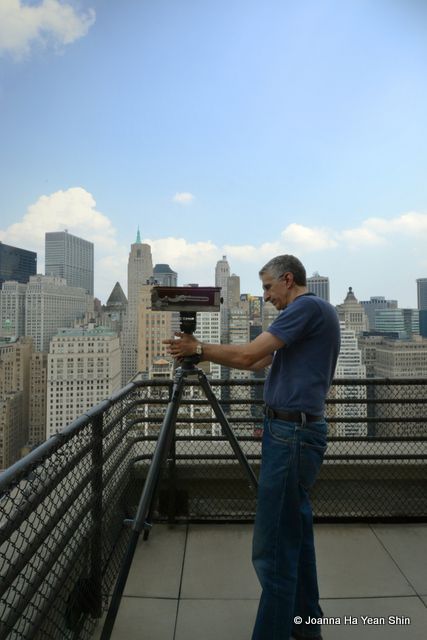

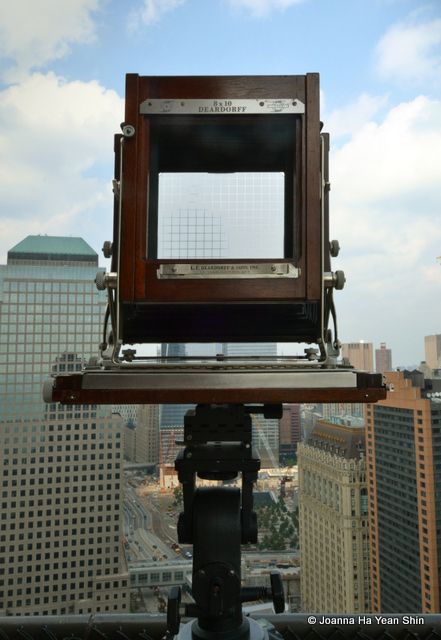
The photographer moves, checks the equipment.
He sets the camera on the tripod, then levels it.
The camera leans forward. The photographer tilts it back.
The camera is focused. The photographer verifies.
He slides the film in.
The camera is ready.
The photographer is ready.
[silence]
The clouds begin to move.
The sun comes out — click.
The photo is taken.
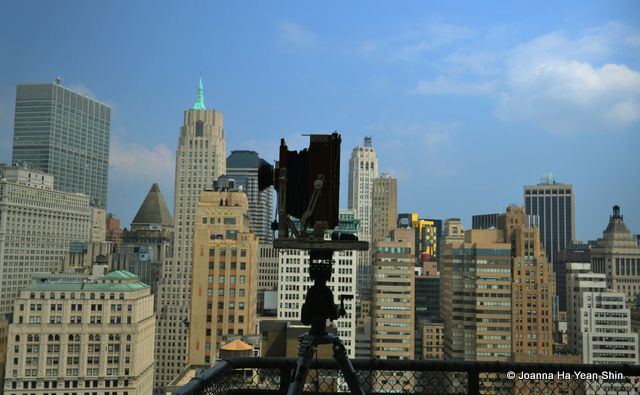
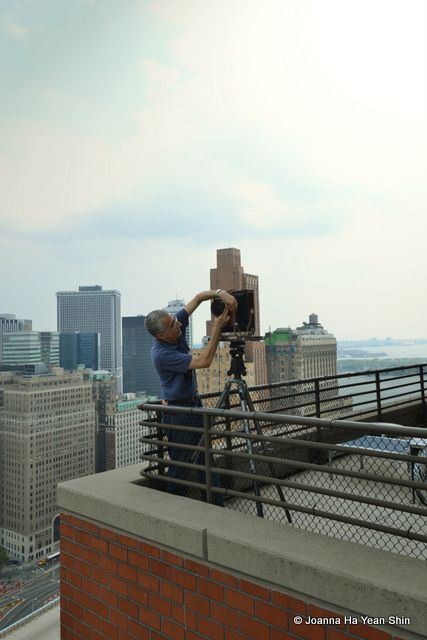
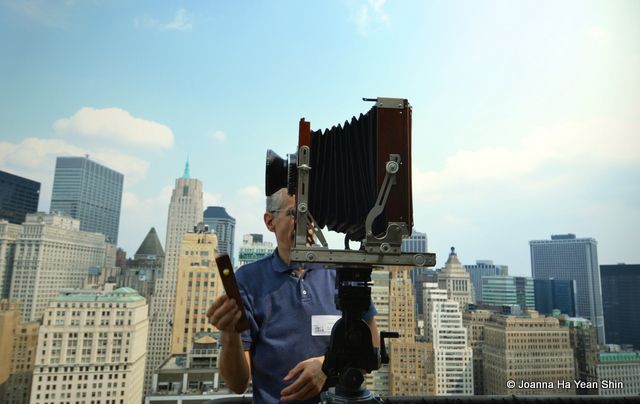
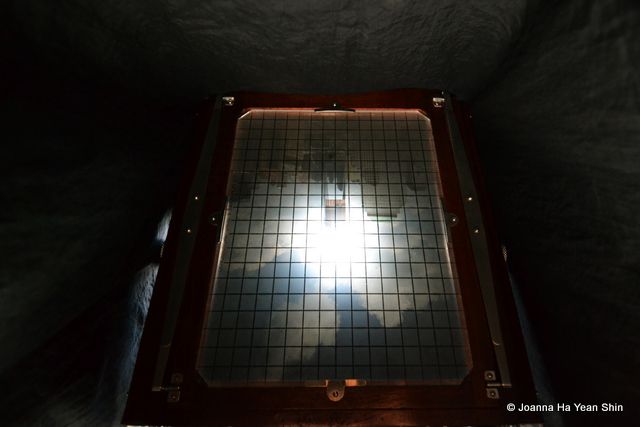
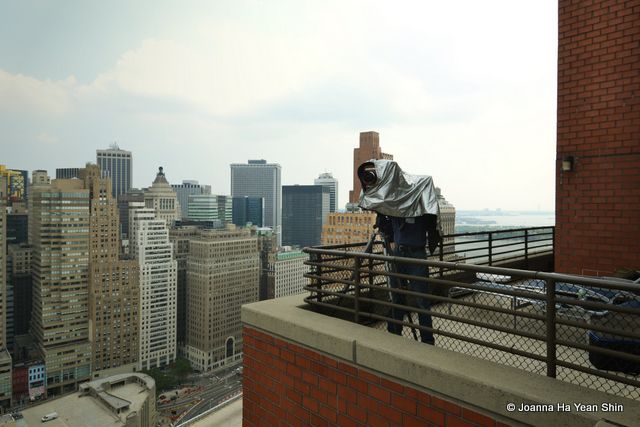
John took out the used film. Flipped it over and the process was repeated. Almost an hour had gone by since we arrived on site, and he retrieved 2 pictures. Each, worthy of notice. Sometimes, I take 40 pictures and only stare at 3. John makes sure every picture receives attention.
John, a born and raised New Yorker, did not start out as a photographer. He began as a recording engineer in the late seventies. He recorded music and listened to tracks back when rooms in brownstone buildings were converted into sound grottos. He has such a sensitive sense of hearing that he even wanted to wait to take the 3 train instead of the 2 train to go downtown. He revealed that the 2 train intercoms have a higher frequency sound that bothers his ears!
John then switched career paths to become an architect. He graduated from the Graduate School of Architecture Planning and Preservation at Columbia University in 1985 and continued working at the Port Authority of New York and New Jersey until about ten years ago. He has devoted his time to photography ever since and paid special attention to his project documenting Ground Zero.
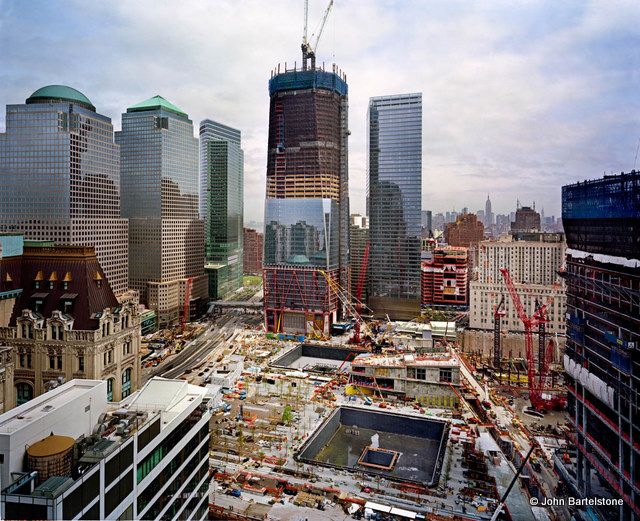
I carry a digital camera and at times a Polaroid. I use the instant film camera to take pictures of beautiful people doing beautiful things. People often fail to recognize that what they are doing is a wonderful moment in time. I try to be quick enough to capture that and return the print out Polaroid to them. Today, I could not help myself and take, like John, two pictures.
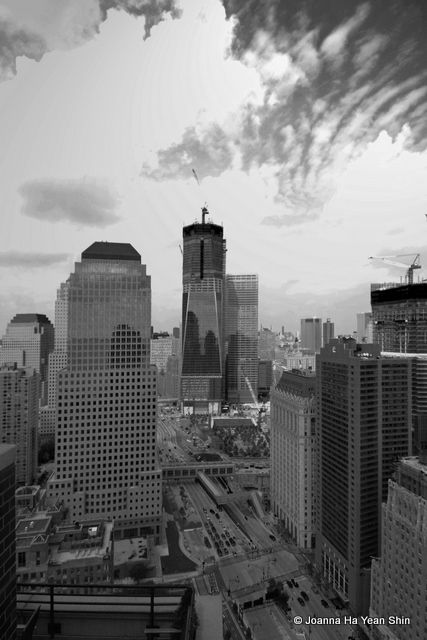
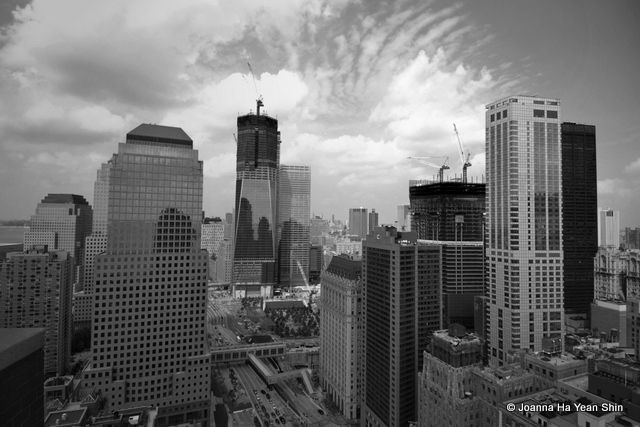
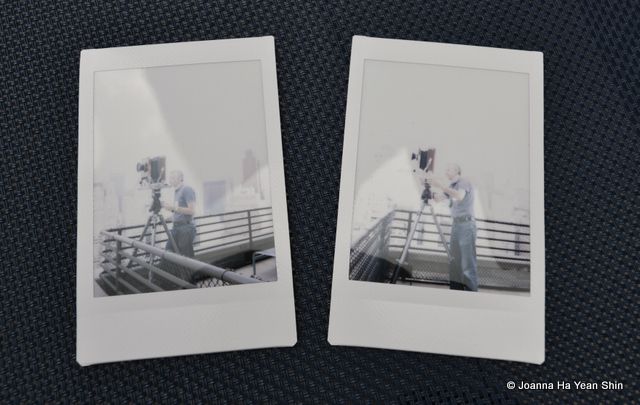
I cannot imagine what it would have been like to be in the building on that morning on September 11, 2001. I cannot begin to understand what one would feel to look back on the site 10 years later and document something else in place. It was an incredible opportunity to have met John, and it was moving to have seen him in action. His photos capture so much more than just construction work. His work documents not only what his camera sees, but what he remembers.
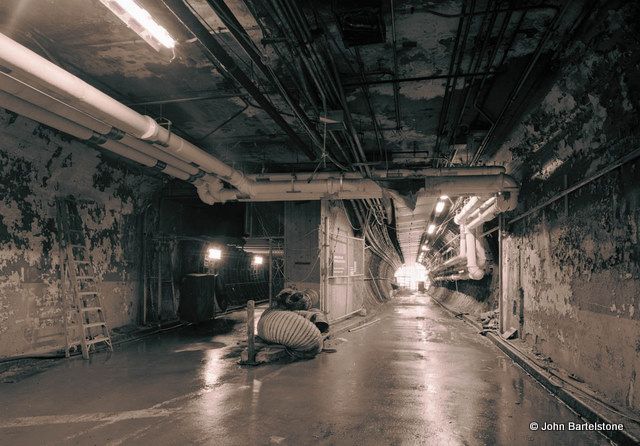
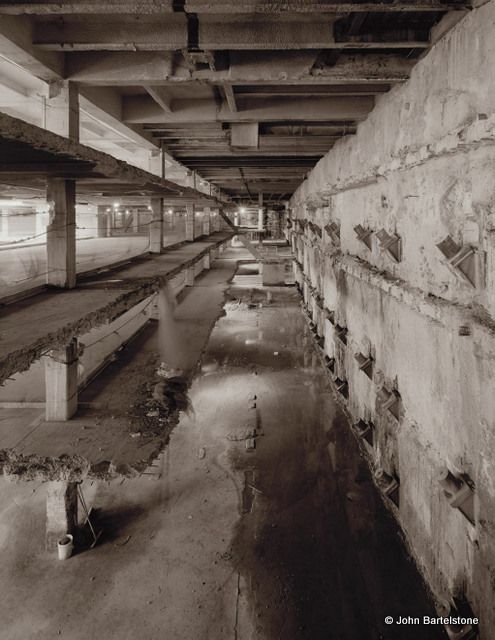
6 World Trade
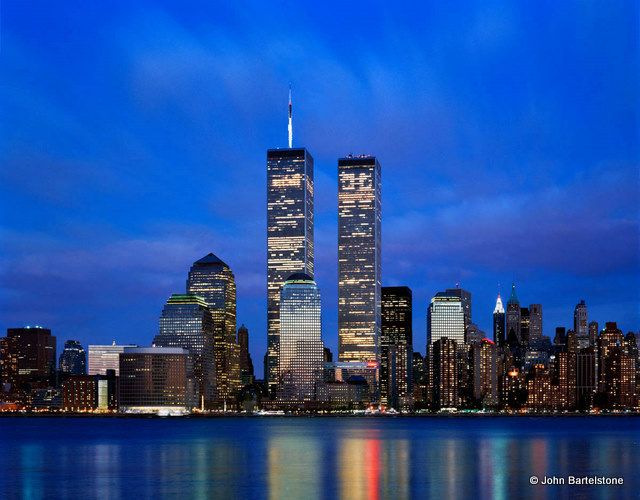
You can see more of John Bartelstone’s photographs on exhibit at The Skyscraper Museum until January 2012.
Subscribe to our newsletter